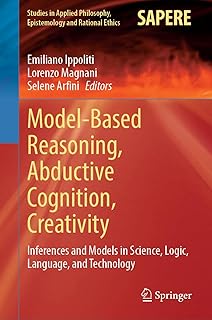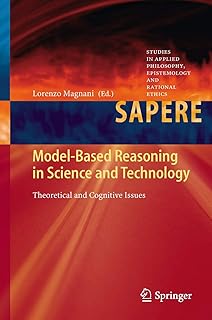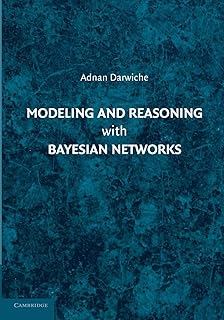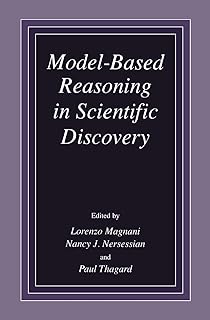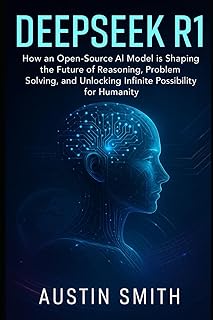Recent advancements in machine learning research have introduced Large Reasoning Models (LRMs) that aim to simulate detailed thinking processes to provide accurate answers. Despite their improved performance on reasoning benchmarks, the fundamental capabilities, scaling properties, and limitations of these models remain inadequately understood.
Traditional evaluations of reasoning models have primarily focused on established mathematical and coding benchmarks, emphasizing final answer accuracy. However, this evaluation approach often lacks insights into the structure and quality of the reasoning traces generated by LRMs. To address this gap, a study was conducted to explore the strengths and limitations of LRMs using controllable puzzle environments.
These puzzle environments allow for the manipulation of compositional complexity while maintaining logical structures, enabling a detailed analysis of not only the final answers produced by LRMs but also the internal reasoning traces. By examining the reasoning processes of LRMs across diverse puzzles, researchers discovered intriguing patterns in how these models perform.
The study revealed that frontier LRMs face challenges beyond a certain complexity threshold, leading to a significant decline in accuracy. Surprisingly, LRMs exhibit a scaling limit where their reasoning effort initially increases with problem complexity but eventually declines, despite having sufficient computational resources.
Comparisons between LRMs and standard language models highlighted three distinct performance regimes based on task complexity. In low-complexity tasks, standard models outperformed LRMs, while medium-complexity tasks showed an advantage for LRMs due to additional thinking processes. However, both models experienced a collapse in performance in high-complexity tasks.
One notable limitation identified in LRMs is their inability to perform exact computations, as they struggle to utilize explicit algorithms and demonstrate inconsistent reasoning across puzzles. Further analysis of the reasoning traces shed light on the computational behavior of these models, revealing both strengths and limitations and prompting critical questions about their true reasoning capabilities.
Additional research has explored strategies like interleaved reasoning for large language models through reinforcement learning to enhance reasoning capabilities. While these approaches show promise in improving the efficiency of reasoning models, challenges such as increased time-to-first-token have been observed.
Moreover, investigations into the mathematical reasoning capabilities of Large Language Models (LLMs) have highlighted the need to assess their performance on grade-school-level questions accurately. Despite advancements in LLMs on mathematical benchmarks, questions remain about the true extent of their reasoning abilities in mathematical contexts.
As machine learning research continues to evolve, understanding the nuances of reasoning models becomes increasingly crucial. The exploration of reasoning capabilities through puzzle environments offers valuable insights into the strengths and limitations of LRMs, paving the way for further advancements in the field of artificial intelligence.
📰 Related Articles
- Study Reveals SEO’s Vital Role in AI Search Evolution
- Study Reveals Challenges in AI for Intracranial Aneurysm Detection
- Study Reveals AI Limitations in Professional Business Environments
- Zimbabwe Study Reveals High Uptake of Menstrual Health Services
- Young Australians Exposed to Online Gambling Risks, Study Reveals

